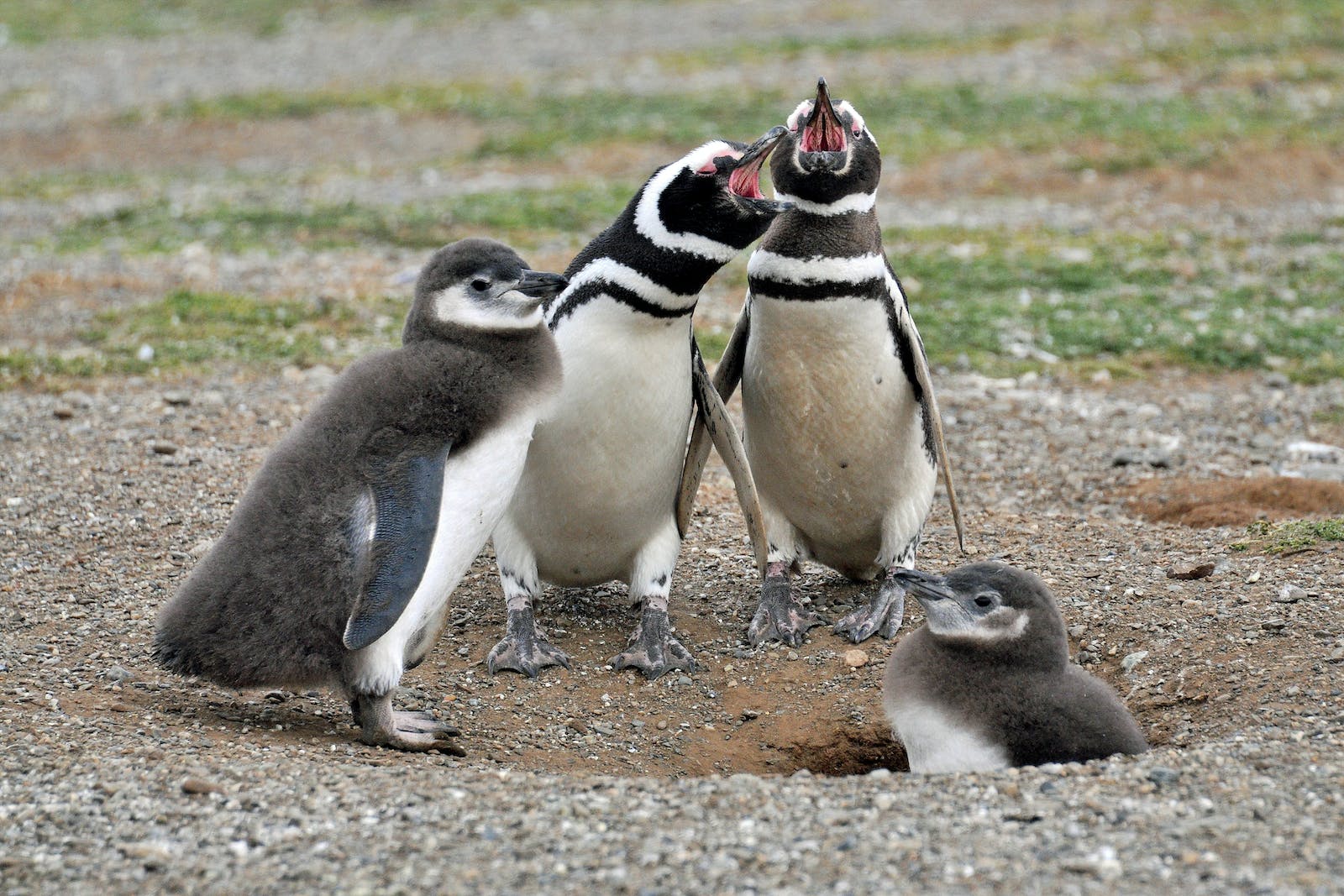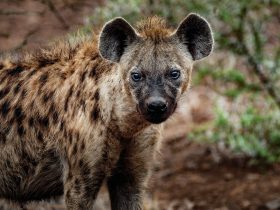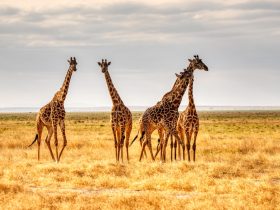Investing in wildlife preservation presents a unique set of ethical considerations. While the desire to protect and conserve wildlife is commendable, it is crucial to navigate potential ethical dilemmas that may arise in the process. Balancing profitability and ethical considerations is essential to ensure that investments in wildlife preservation are not only financially viable but also align with ethical standards and contribute to long-term conservation efforts.
Understanding the Importance of Wildlife Preservation
Before delving into the ethical dilemmas surrounding investments in wildlife preservation, it is essential to recognize the significance of protecting wildlife. Our planet’s biodiversity is under constant threat due to habitat destruction, climate change, poaching, and other human activities. Wildlife preservation efforts aim to safeguard endangered species, conserve ecosystems, and maintain ecological balance.
Investing in wildlife preservation can have substantial positive impacts, promoting species recovery, preserving habitats, and supporting local communities dependent on wildlife tourism. However, it is crucial to approach these investments with a critical and ethical lens.
Ethical Dilemma 1: Animal Captivity and Exploitation
One of the primary ethical concerns in wildlife preservation investments revolves around animal captivity and exploitation. Certain investments, such as zoos, circuses, or private animal collections, may involve practices that compromise the well-being and freedom of animals. While these ventures may generate financial returns, they often go against the principles of ethical wildlife preservation.
Investors should carefully evaluate the treatment and conditions of animals in captivity. It is essential to support initiatives that prioritize the welfare of animals, provide spacious and enriched enclosures, and focus on conservation education. By investing in projects that prioritize the ethical treatment of animals, investors can ensure that their resources contribute to the overall well-being and conservation of wildlife.

Moreover, ethical wildlife preservation investments can support projects that aim to rehabilitate animals and reintroduce them into their natural habitats. This approach emphasizes the importance of animal welfare and recognizes that animals deserve to live free and thrive in their natural environments.
Ethical Dilemma 2: Trophy Hunting and Wildlife Trade
Another ethical dilemma in wildlife preservation investments is the involvement in trophy hunting and the wildlife trade. Trophy hunting involves the hunting of wild animals for recreational purposes, often targeting endangered or threatened species. The wildlife trade encompasses the buying and selling of live animals, animal parts, or products derived from wildlife.
Investors must avoid supporting projects or organizations involved in these activities. Instead, investments should focus on initiatives dedicated to anti-poaching efforts, habitat protection, and wildlife rehabilitation. By supporting projects that combat trophy hunting and illegal wildlife trade, investors can contribute to the preservation of endangered species and discourage unethical practices.
Furthermore, ethical wildlife preservation investments can support programs that focus on community engagement and education. By providing alternative livelihoods and raising awareness about the importance of wildlife conservation, these initiatives empower local communities to become advocates for wildlife preservation.
Ethical Dilemma 3: Indigenous Rights and Local Communities
Investments in wildlife preservation must also consider the rights and well-being of indigenous communities and local populations. Many conservation projects operate in areas inhabited by indigenous people, who have a deep connection to their lands and the wildlife within them. Balancing the protection of wildlife with the respect for indigenous rights requires careful consideration.
Investors should prioritize projects that engage with local communities, respect their traditional knowledge, and provide economic opportunities without compromising their way of life. By investing in initiatives that foster collaboration between conservation efforts and indigenous communities, investors can ensure that their investments respect cultural diversity and promote social justice.
Additionally, ethical wildlife preservation investments can support programs that prioritize the empowerment and inclusion of local communities. This can be achieved through initiatives that provide training and employment opportunities related to conservation, eco-tourism, and sustainable resource management. By involving and benefiting local communities, investments can have a positive impact not only on wildlife but also on the social and economic well-being of the people living in these areas.
Ethical Dilemma 4: Commercialization of Wildlife
The commercialization of wildlife poses another ethical dilemma in wildlife preservation investments. Some ventures may focus on exploiting wildlife for entertainment or commercial gain, often at the expense of animal welfare and conservation goals. These ventures may include activities such as dolphin shows, elephant rides, or petting zoos.
Investors should support projects that prioritize the preservation of natural behaviors, minimize interaction between wildlife and humans, and focus on education and conservation awareness. By investing in initiatives that promote responsible tourism and ethical wildlife encounters, investors can contribute to both conservation efforts and the ethical treatment of animals.
Moreover, ethical wildlife preservation investments can support projects that focus on eco-friendly tourism practices. This can involve promoting wildlife viewing in their natural habitats, promoting responsible behavior, and minimizing disturbances to their natural behaviors. By prioritizing the well-being and conservation of wildlife, these investments can contribute to sustainable tourism and the long-term preservation of ecosystems.
Ethical Dilemma 5: Environmental Sustainability
Lastly, ethical investments in wildlife preservation must consider the environmental sustainability of the projects. Conservation efforts should not inadvertently harm ecosystems or contribute to environmental degradation. For example, investing in projects that involve unsustainable infrastructure development or extensive use of natural resources may have unintended negative consequences.
Investors should prioritize projects that have a minimal ecological footprint, employ sustainable practices, and promote the long-term health of ecosystems. This can include investments in renewable energy initiatives within wildlife conservation areas, implementing waste management strategies, and promoting sustainable agriculture practices. By considering the environmental impact of their investments, investors can ensure that they contribute to both wildlife preservation and environmental sustainability.
Furthermore, ethical wildlife preservation investments can support initiatives that focus on habitat restoration and conservation. Restoring degraded habitats and protecting natural areas can help promote biodiversity and mitigate the negative impacts of human activities on wildlife populations. By investing in projects that prioritize the restoration and conservation of ecosystems, investors can play a crucial role in preserving not only individual species but entire ecosystems.
Conclusion
Investing in wildlife preservation requires a careful examination of the ethical implications surrounding such investments. By addressing ethical dilemmas such as animal captivity, trophy hunting, indigenous rights, commercialization of wildlife, and environmental sustainability, investors can ensure that their resources contribute to the long-term conservation of wildlife while remaining financially viable.
Investors should prioritize projects that prioritize animal welfare, combat unethical practices, engage with local communities, respect indigenous rights, and promote environmental sustainability. This can be achieved through supporting initiatives that provide spacious and enriched enclosures for animals, focusing on anti-poaching efforts and wildlife rehabilitation, engaging with local communities and respecting their traditional knowledge, promoting responsible tourism and ethical wildlife encounters, and supporting projects that have a minimal ecological footprint and employ sustainable practices.
Balancing profitability and ethical considerations in wildlife preservation investments is essential to create a positive impact on both wildlife and society as a whole. By making informed and conscientious investment choices, investors can contribute to the preservation of endangered species, the conservation of ecosystems, and the empowerment of local communities. Ultimately, ethical investments in wildlife preservation can pave the way for a more sustainable and harmonious relationship between humans and the natural world.Share
































